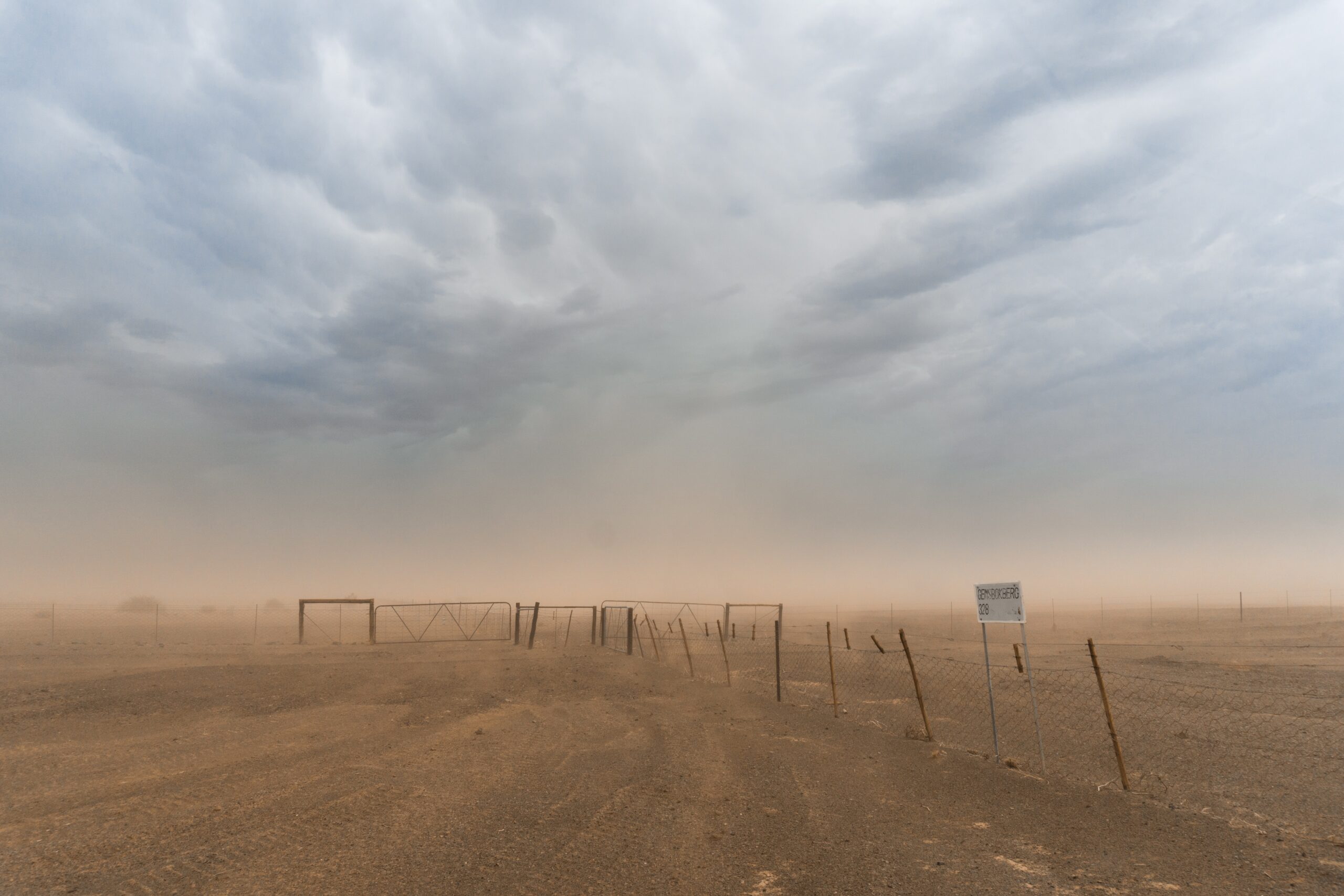More than 3,000 people faced breathing problems and sought medical help after a dust storm hit Iraq’s capital Baghdad on May 5, reported Reuters quoting medical officials. One person has died in the seventh severe dust storm in a month. Majority of the people were discharged after receiving oxygen and other treatments, said health ministry spokesman Saif al-Badr.
The Iraqi health ministry said most of the affected people had chronic diseases like asthma or were elderly. The country has reportedly seen an increasing number of dust, sand and wind storms in recent years, including several in recent weeks.
After the recent dust storm, a health ministry spokesman said, 2,000 cases of “suffocation” had been reported in Baghdad, reported the official Iraqi News Agency. The official also advised people with asthma and other chronic diseases to stay indoors.
Dust storms are common in Iraq, but some experts believe they are becoming more frequent due to climate change.
Another storm on May 3 left dozens of people with breathing difficulties and grounded flights at airports serving cities of Baghdad and Najaf. Besides Baghdad and Najaf, the western desert province of Anbar was badly affected.
Saif al-Badr said that all of Iraq’s medical facilities were on alert on May 7 and that the number of people admitted with respiratory problems was “not final,” INA reported.
Dust storms mostly hit Iraq in the summer months, when they are often associated with strong winds known as shamal blowing in from the north-west. In western Iraq, shamal-driven dust storms occur mainly in the spring.
Last month, an environment ministry official warned that Iraq could face “272 days of dust” a year in the coming decades. The storms are expected to become more frequent due to drought, desertification and declining rainfall. The ministry said, the weather phenomenon could be addressed by “increasing vegetation cover and creating forests that act as windbreaks”.

























